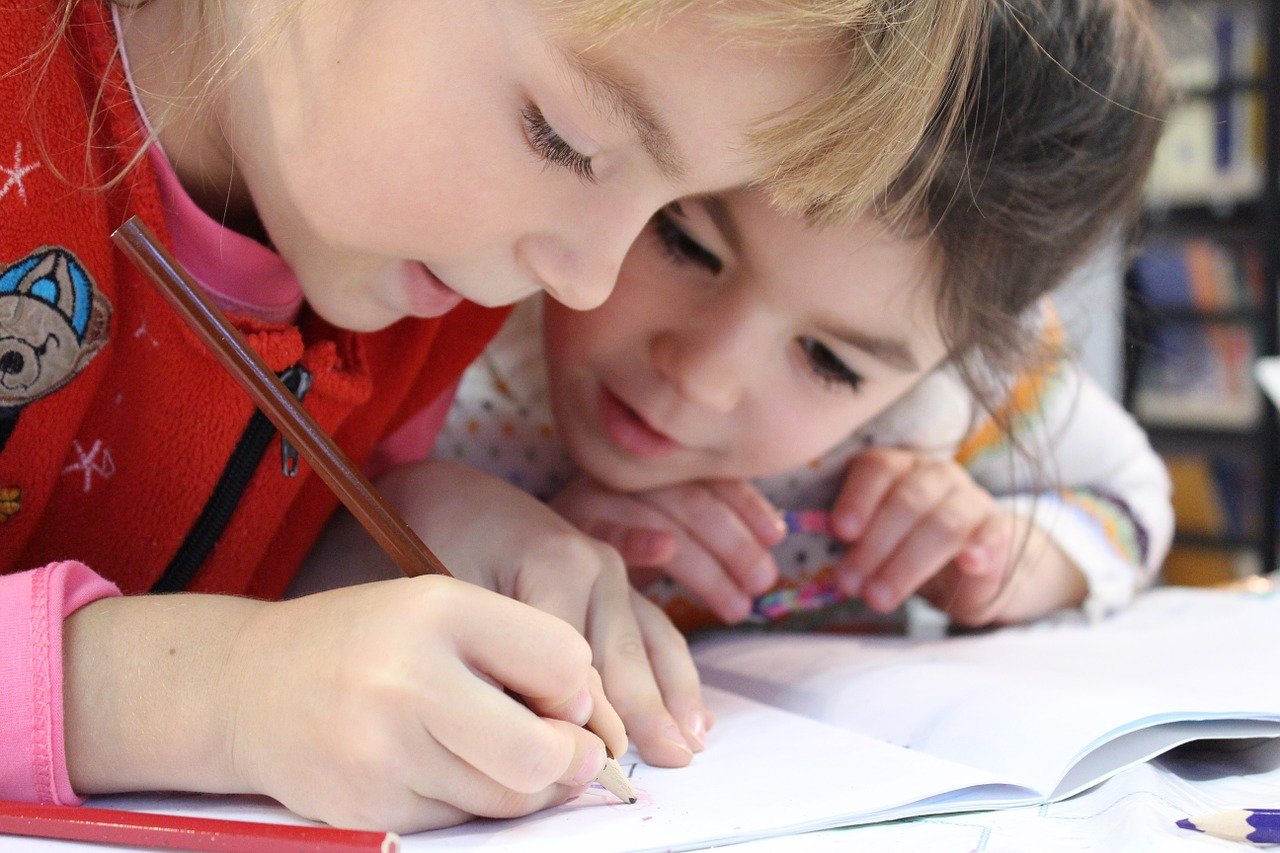If you’re a parent today, you’ve probably noticed that childhood looks quite different from when we were growing up. Between packed school schedules, endless extracurriculars, social media pressures, and a world that never seems to slow down, it’s no wonder our kids are feeling more anxious than ever.
The good news? There are plenty of practical ways to help your child navigate these choppy waters and build resilience that’ll serve them well into adulthood.
Modern Childhood Anxiety
Today’s children are dealing with pressures we never imagined at their age. From SATs stress in Year 6 to the constant buzz of WhatsApp group chats, their little minds are processing information at lightning speed. Add in concerns about climate change, global events they see on TikTok, and the pressure to excel at everything from maths to football, and it’s easy to see why anxiety levels are soaring.
For some children, these everyday pressures are compounded by additional challenges. Children fostered with an agency like Clifford House Fostering, for instance, may be processing past trauma while simultaneously adapting to new environments, schools, and family dynamics, making them particularly vulnerable to anxiety.
Remember, some worry is completely normal – it’s when anxiety starts interfering with sleep, friendships, or school that we need to take action.
Creating Calm at Home
Your home should feel like a sanctuary from the outside chaos. This doesn’t mean wrapping your child in cotton wool but rather establishing routines and boundaries that provide security.
Start with simple changes: create phone-free zones during meals, establish consistent bedtimes, and carve out proper downtime that isn’t filled with activities or screens. Sometimes the most powerful thing you can do is simply be present, so put your own phone down and really listen when your child wants to chat.
Consider introducing mindfulness practices that don’t feel too “zen” for kids. This might be as simple as taking three deep breaths together before a big test or spending five minutes focusing on what you can hear, see, and smell during a walk to school.
Teaching Practical Coping Strategies
Help your child build their own toolkit for managing worries. The “worry time” technique works brilliantly: set aside 10 minutes each day where they can voice all their concerns, but outside of this time, worries get “parked” until tomorrow’s session.
Teach them the difference between things they can and can’t control. They can’t control whether it rains on sports day, but they can control how prepared they are for their spelling test. This simple distinction is incredibly empowering for anxious minds.
Physical activity is also crucial. Whether it’s a kickabout in the garden, a family bike ride, or just dancing to their favourite songs, movement helps burn off stress hormones and releases those feel-good endorphins.
When to Seek Additional Support
Sometimes, despite our best efforts, children need extra help. Don’t hesitate to speak with your child’s teacher, school counsellor, or GP if anxiety is significantly impacting their daily life. Many schools now have brilliant pastoral support systems, and there are excellent resources available through the NHS.
Organisations like Young Minds and Childline also offer fantastic support for both children and parents navigating anxiety.
Moving Forward Together
Remember, you’re not trying to eliminate all stress from your child’s life, as that’s neither possible nor helpful. Instead, you’re giving them the tools to handle life’s inevitable ups and downs with confidence.
The key is starting small, being consistent, and remembering that you don’t need to be perfect. Your calm, supportive presence is often the most powerful anxiety-buster of all.






